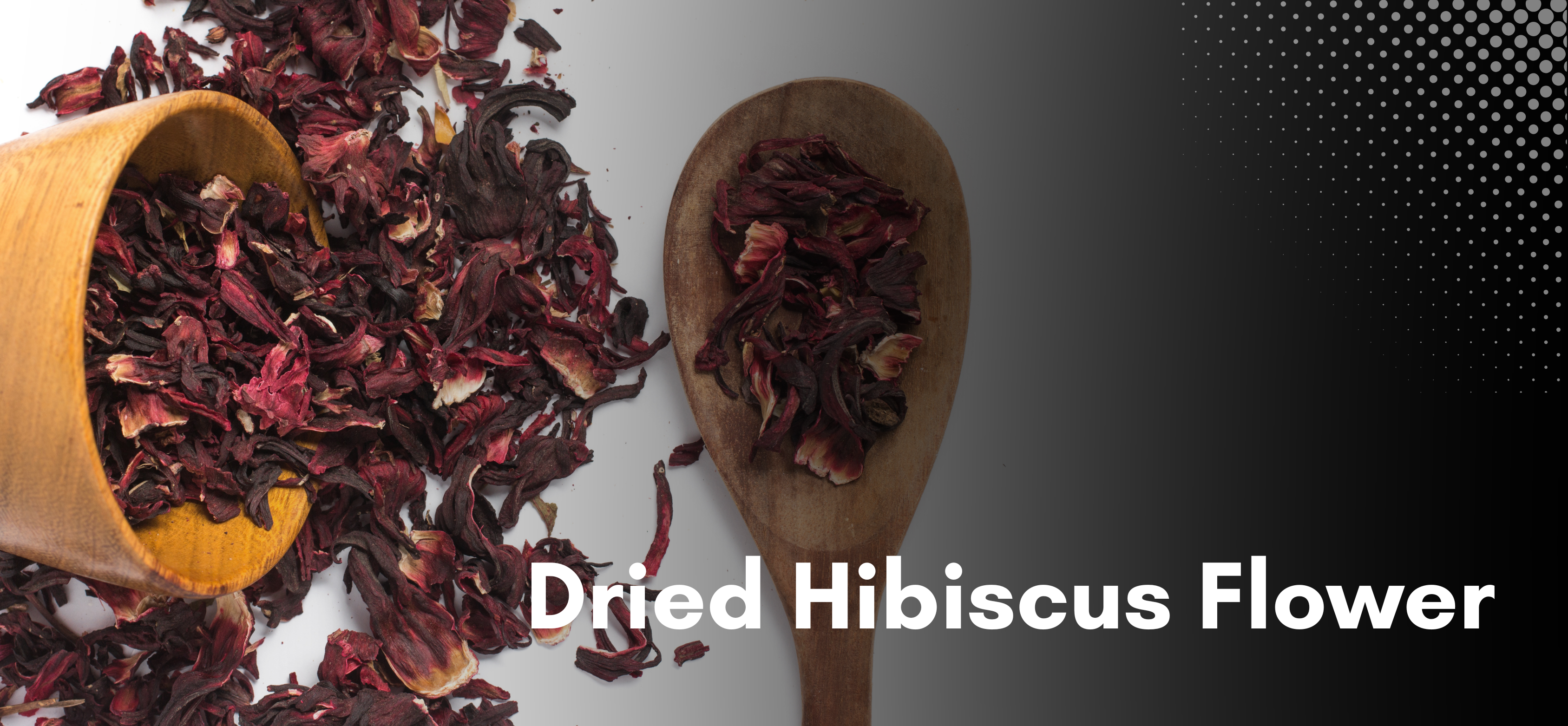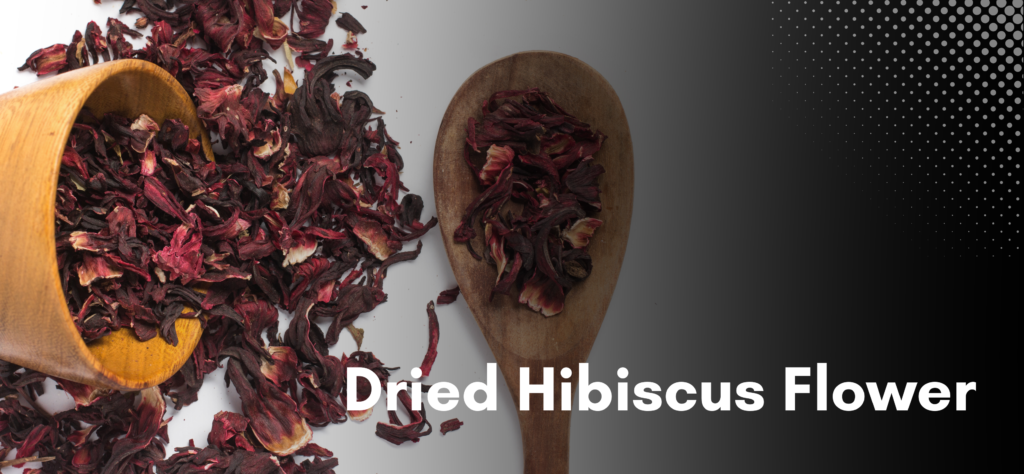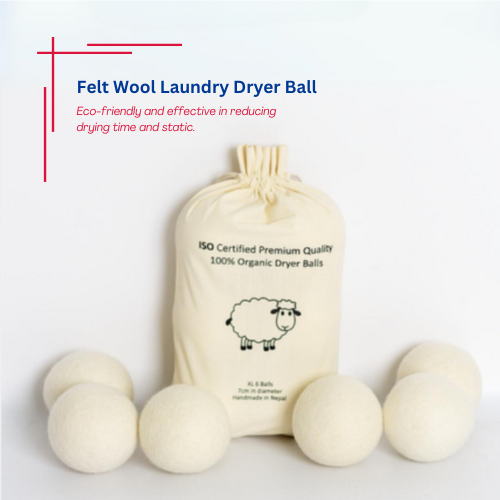Dried Hibiscus Flower from Sourcing Nepal

Dried hibiscus flower, renowned for its vibrant crimson petals and tangy flavor, has earned its place as a beloved ingredient in teas, beverages, and natural remedies. This stunning flower is not only appreciated for its refreshing taste but also for its extensive range of health benefits, including antioxidant, anti-inflammatory, and immune-boosting properties. Sourcing Nepal is proud to provide the highest-quality dried hibiscus flowers, carefully cultivated in the fertile, pristine regions of Nepal.
These flowers thrive in the warm, nutrient-rich soils of districts like Chitwan, Rupandehi, and Kaski, where the climate and environment foster optimal growth. By utilizing sustainable farming practices, farmers ensure the purity and potency of the flowers, free from synthetic chemicals. Whether used to brew a nourishing herbal tea or to enhance skincare routines, Nepalese dried hibiscus flowers are known for their exceptional quality and therapeutic potential. In this article, we explore the exceptional qualities, health benefits, and growing popularity of dried hibiscus flowers from Nepal, highlighting their position as a sought-after natural wellness product in the global market.
- Nutritional Profile & Active Compounds
- Anthocyanins: These pigments give the flower its vibrant red color and are potent antioxidants that help combat oxidative stress, reducing the risk of chronic diseases.
- Hibiscus Acid: This organic acid has been linked to various health benefits, including blood pressure reduction and improved liver function.
- Flavonoids: Another class of antioxidants, flavonoids contribute to the flower’s overall antioxidant properties, supporting immune function and reducing inflammation.
- Vitamin C: This essential vitamin supports immune health, collagen production, and antioxidant defense.
- Polyphenols: These compounds have strong antioxidant properties, helping to protect cells from damage caused by free radicals.
- Beta-Carotene: This pigment is converted into vitamin A in the body, which is essential for vision, immune function, and skin health.

Production Process of Dried Hibiscus Flower
1.Harvesting
2.Cleaning and Sorting
3.Drying
4.Packaging
5.Quality Control
Trending Felt Products



Felt making is an ancient craft that has been passed down through generations in Nepal. The process begins with raw wool, which is cleaned and carded to remove impurities. The wool is then dyed using natural dyes derived from plants and minerals, giving it vibrant colors. The actual felting process involves layering the wool and applying heat, moisture, and pressure to bind the fibers together. This can be done using traditional techniques, such as rubbing and rolling the wool by hand, or with modern equipment for larger-scale production. The result is a durable and versatile fabric that can be shaped and molded into various products.


